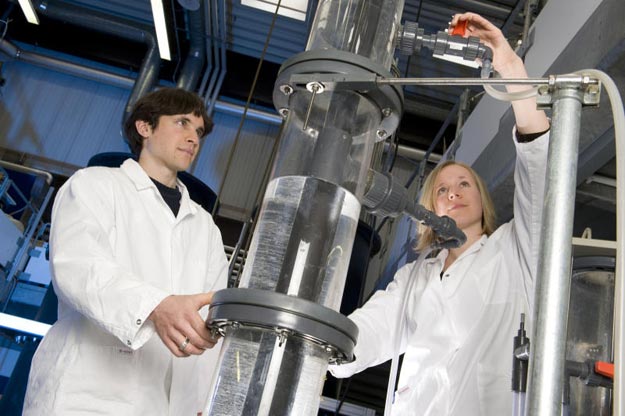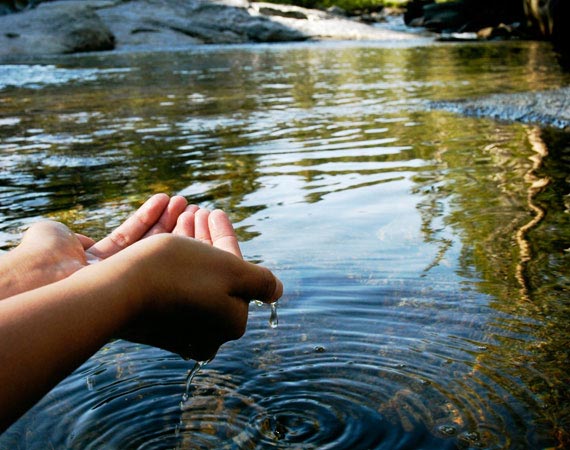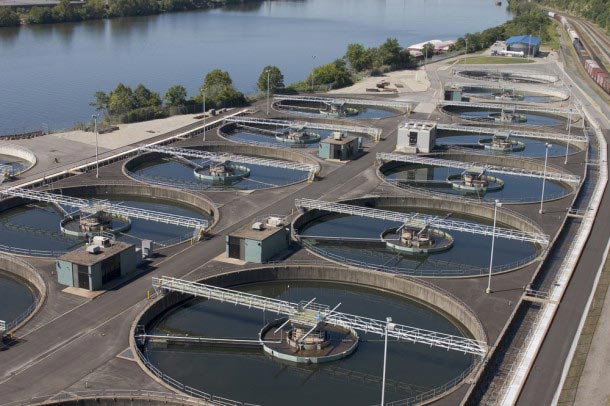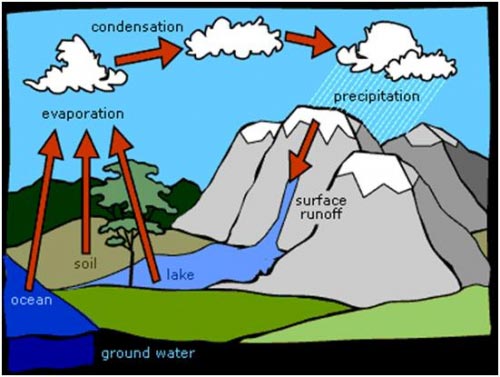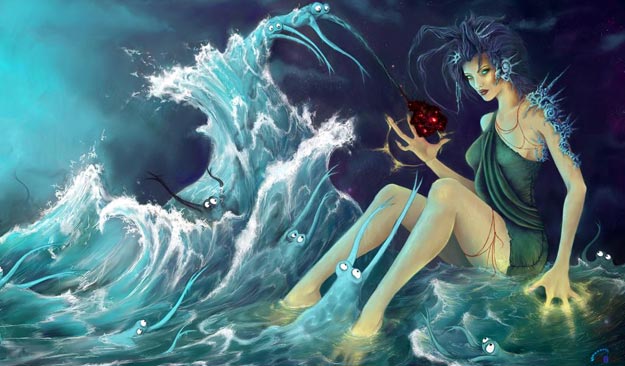Water is a valuable resource. New technologies are making it easier to handle drinking water responsibly, purify wastewater effectively and even recover biogas and fertilizer.
Clean drinking water and basic sanitation are human rights. Yet almost 780 million of the world’s population still have no access to drinking water and some 2.6 billion people live without sanitary facilities. Water, though, is also an important economic factor: Today, agricultural and manufacturing businesses already use up more than four fifths of this precious commodity. And the demand for water continues to rise. The Organization for Economic Cooperation and Development (OECD) is expecting that by 2050, global water consumption will have risen by more than half. Some 40 percent of the world’s population will then be living in regions with extreme water shortages — 2.3 billion people more than today. Read more







